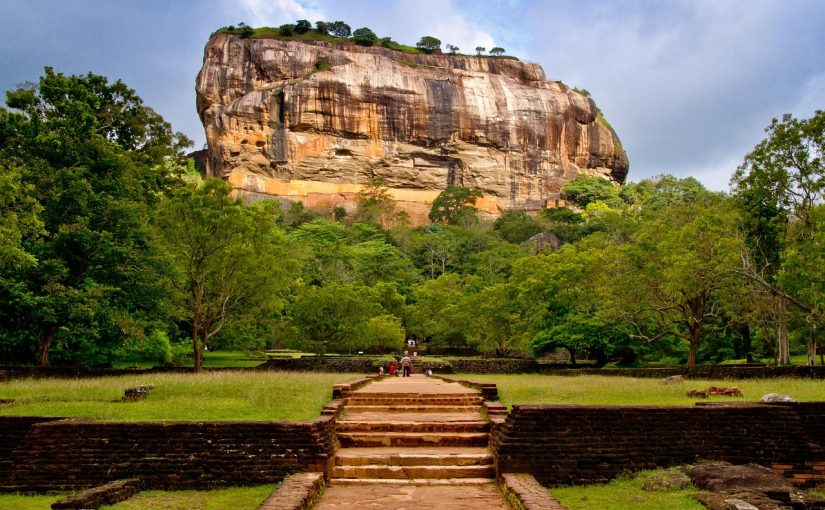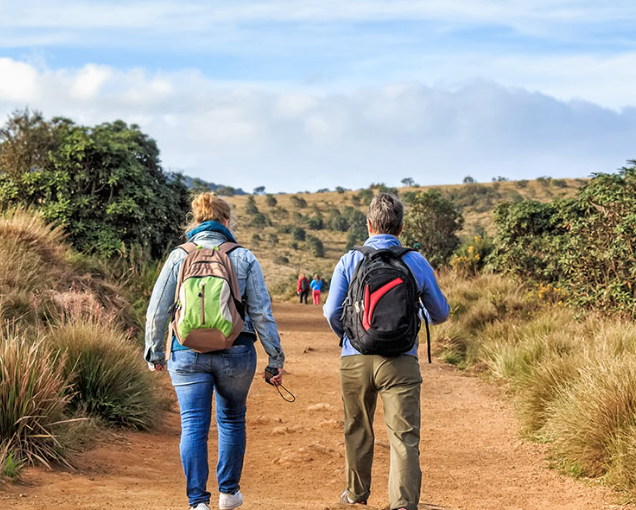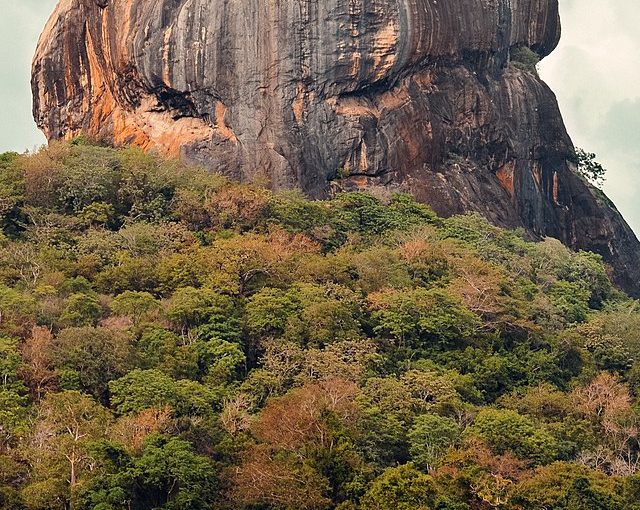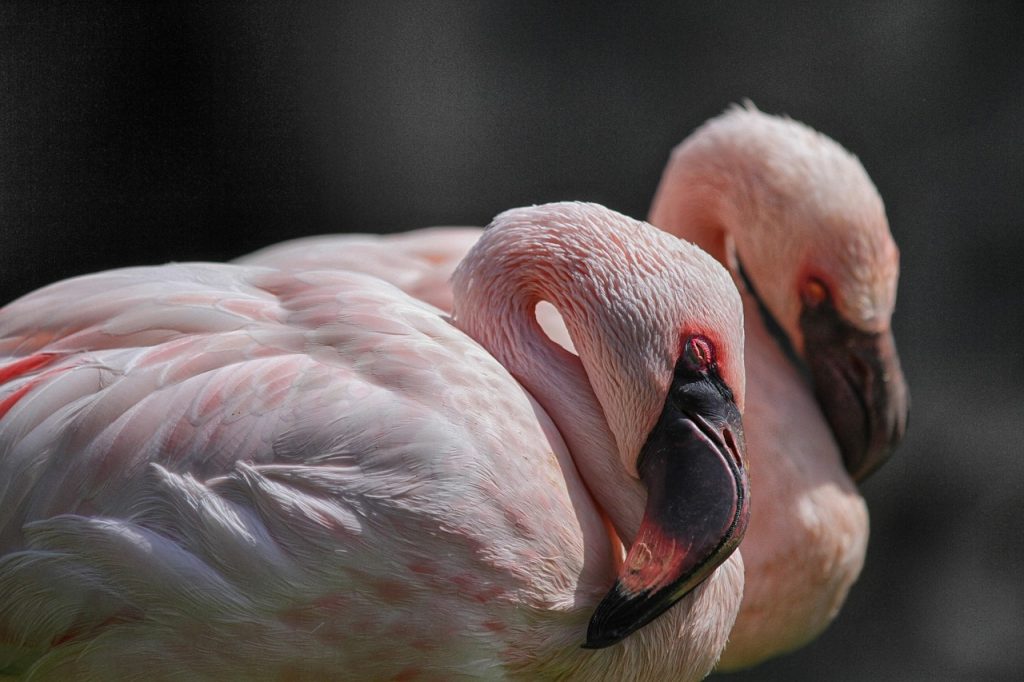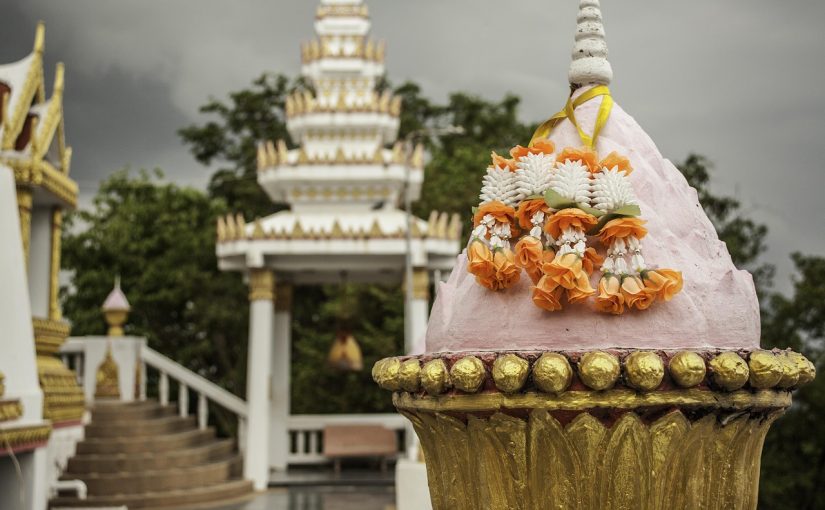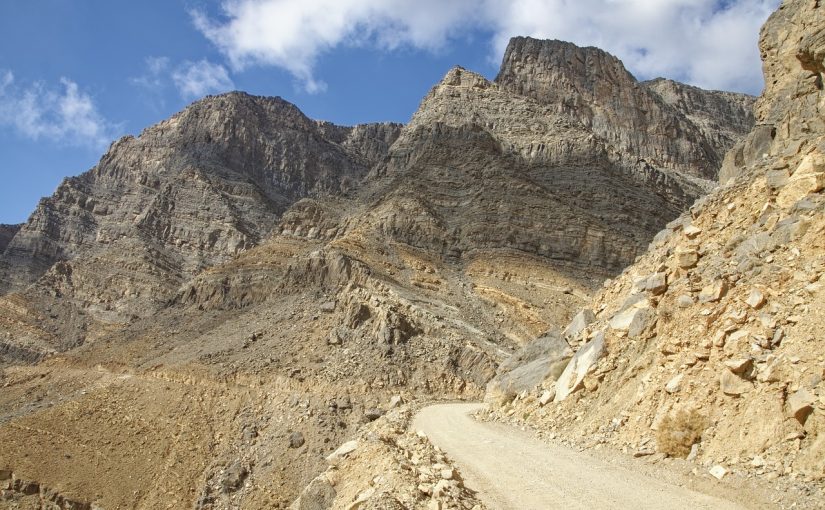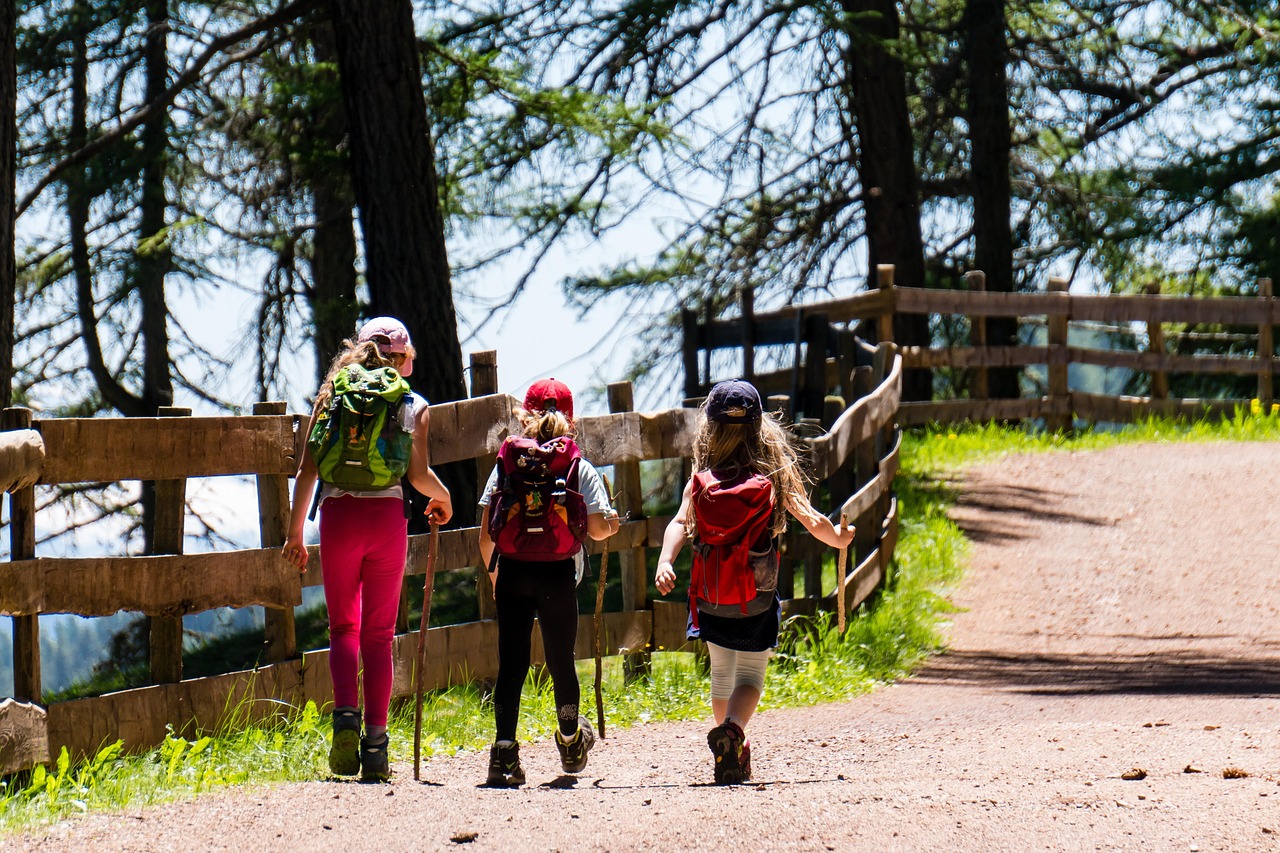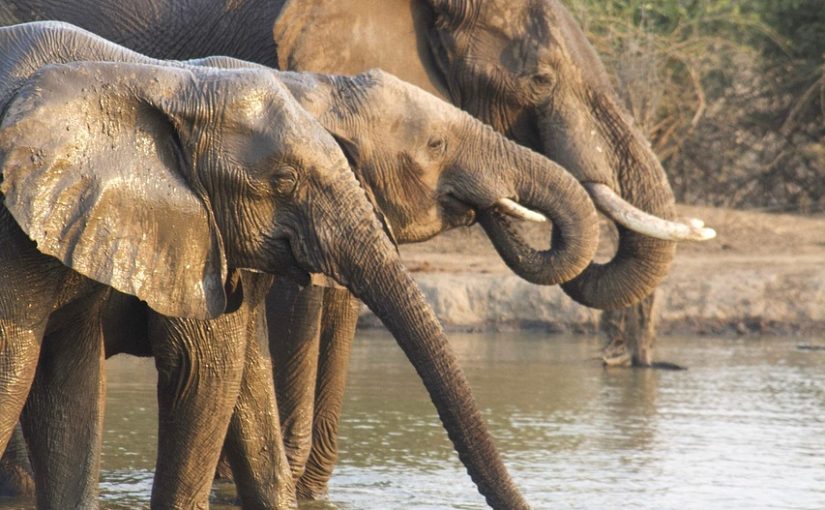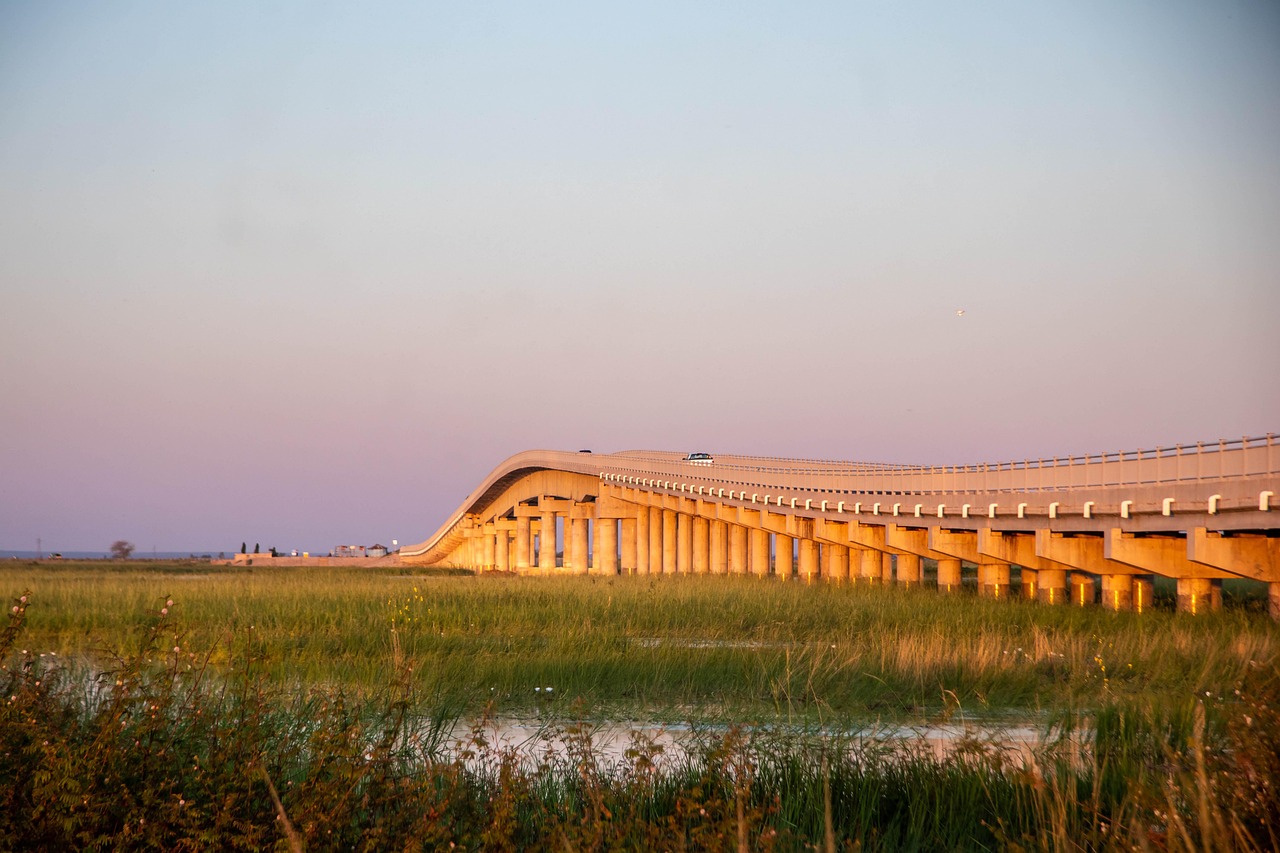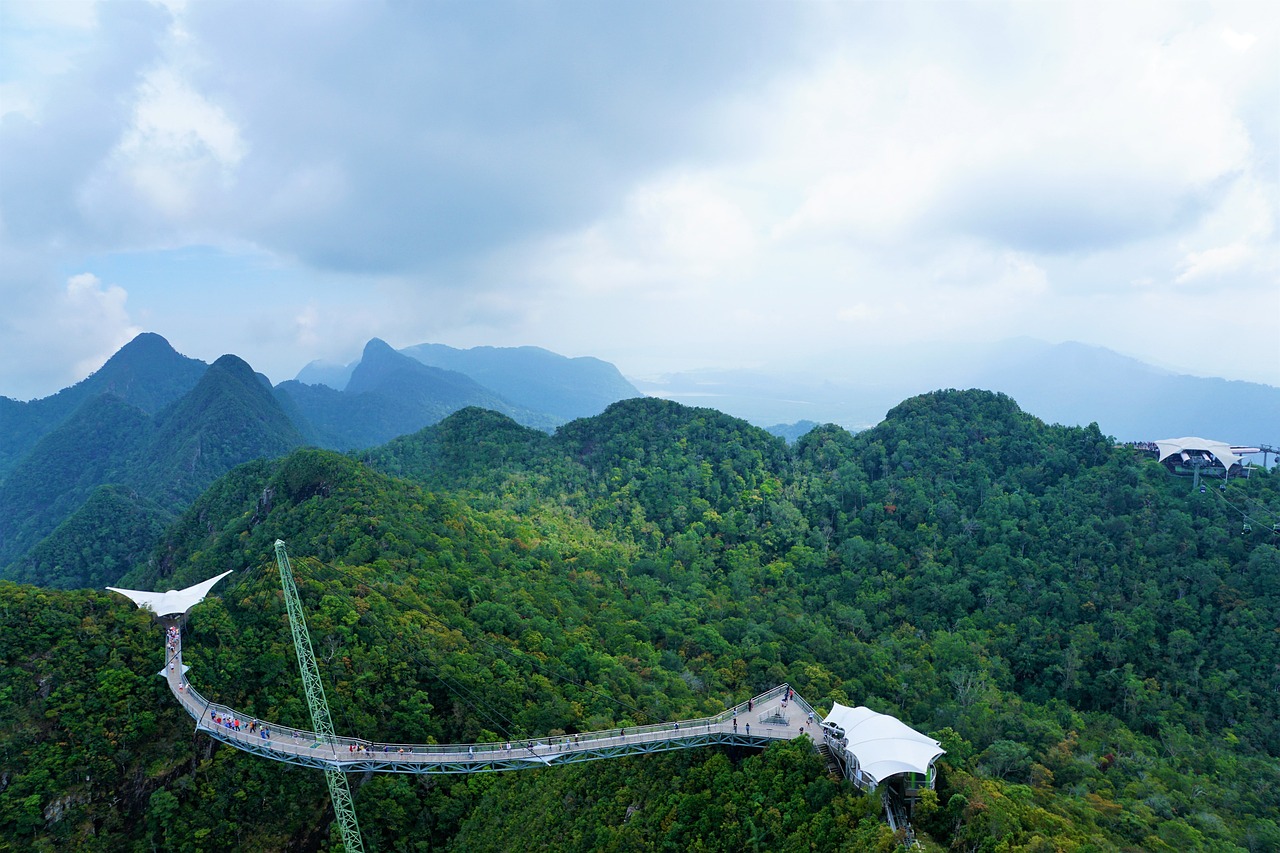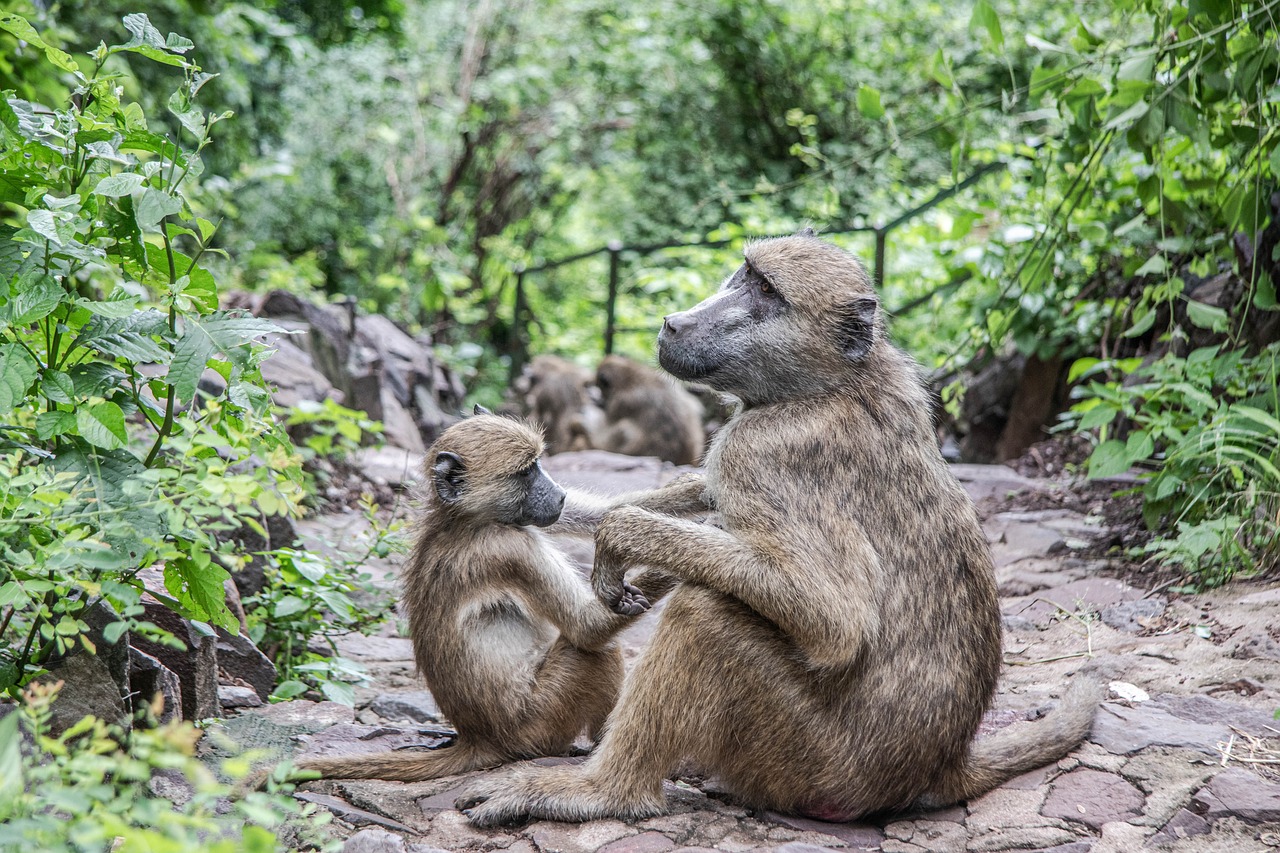From charming gardens and tranquil ponds to striking frescoes and imperial relics, walk straight into an untouched tapestry. Here’s all you need to know about this breathtaking heritage hike.
Claim a Sky-High View
Wrapped in intricate layers of intrigue, the Sigiriya Lion Rock, a behemoth rock fortress towering above lush rainforest canopies, is more than just an arresting landmark. It clings on to the remnants of a civilisation that was far ahead of its time, so make sure you enjoy the best vantage points of this majestic monument. Take in each artistic detail with an epic bird-eye view from your Cinnamon Air flight.
The Starting Point
With more than 1200 steps ahead of you, climbing this storied rock castle can feel slightly unnerving. However, there’s so much natural beauty and heritage artistry to take in that you won’t feel fatigued by your trek, which starts at the main gate and transports you back to the 5th century AD.
The Spiral Staircase
There are many stairways between the main gate and the Lion’s Paws, which lead directly to the citadel’s top. You will pass by water gardens, boulder arches, pavilions, audience halls, and mirror walls. Wind your way up the famous Sigiriya spiral staircase, with its 20-30 steps, to take in the striking cave murals.
The Summit
While the trek gets a bit steeper once you pass the Lion’s Paws, there’s ample space to stop for a rest and handrails to hold onto for support. After about 15 minutes, you will reach the summit where you can drink in sublime views and pat yourself on the back!
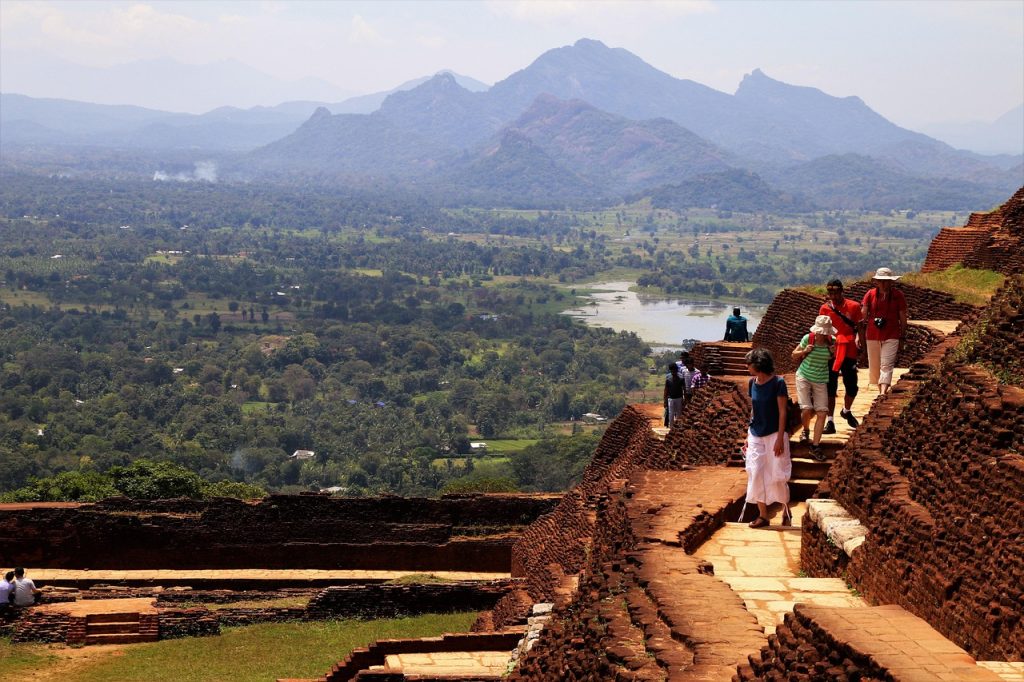
Tips for the Climb
Start your hike early in the morning to avoid being hindered by the crowds. Use the bathroom ahead of time, stay hydrated, and go all in on the high-SPF sunscreen!
